Nestled in the heart of Umbria, Norcia captured my heart with its two famous treasures – black truffles and pork. Walking through this mountain town, I couldn’t help but notice the norcinerias (butcher shops) displaying an impressive array of meats like prosciutto, salami, and guanciale.
Norcia stands as Italy’s pork capital, where skilled butchers known as norcinos practice traditions passed down through generations.
My first truffle hunting experience in the hills surrounding Norcia was unforgettable. Watching local dogs sniff out these black culinary gems hidden beneath the earth reminded me why Italian cuisine values these earthy delicacies.
The relationship between pigs, truffles, and the land creates a unique culinary ecosystem that defines this region’s food heritage.
What makes Norcia truly special is how these two traditions – truffle hunting and pork processing – come together in local dishes. During my visit, I sampled pasta with freshly shaved black truffles and wild boar ragù that melted in my mouth.
The town’s culinary identity remains deeply connected to the surrounding forests and farms, offering travelers a taste of authentic Italian food traditions that have remained unchanged for centuries.
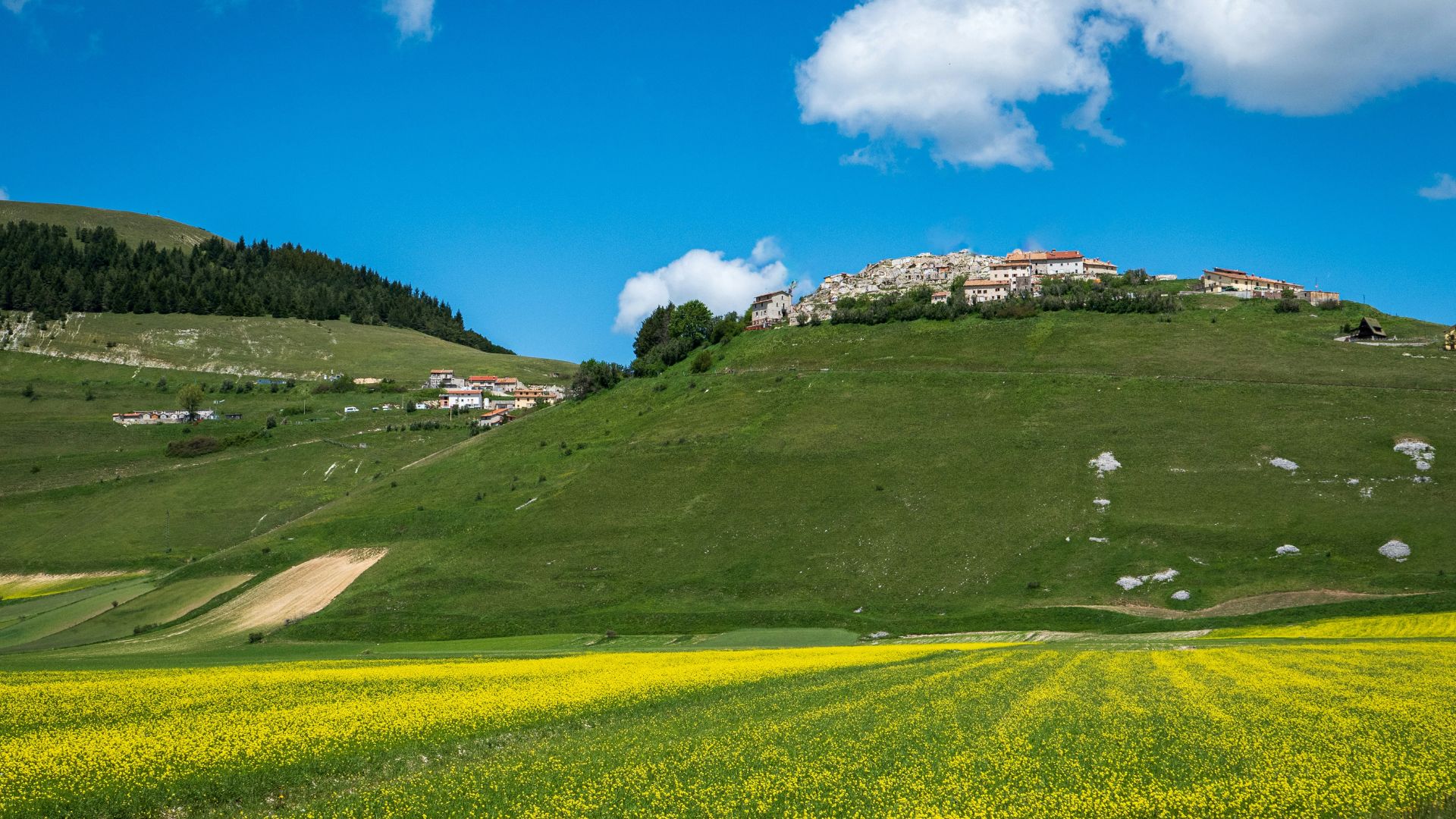
The Rich Landscape and Truffle Hunting in Norcia
Norcia sits nestled in the breathtaking Valnerina valley, where the untouched natural beauty creates the perfect environment for one of Italy’s most prized culinary treasures – the black truffle. The combination of rich soil, ideal climate, and ancient woodlands makes this region a truffle hunter’s paradise.
Unveiling the Mysteries of Black Truffles
The black truffles of Norcia have an almost mythical status in Italian cuisine. These earthy gems grow beneath the soil in a symbiotic relationship with tree roots, requiring a delicate ecosystem to flourish.
When I first held a freshly unearthed black truffle, I was struck by its intense aroma – earthy, musky, and impossibly complex.
Norcia’s black truffles are known for their distinctive flavor profile. Unlike their white counterparts from Alba, these nuggets have a more robust character that stands up to cooking while still maintaining their aromatic qualities.
The most prized variety is the Tuber melanosporum, commonly called the Norcia Black Truffle. Local chefs prize these for their ability to transform simple pasta dishes, risottos, and even scrambled eggs into gourmet experiences.
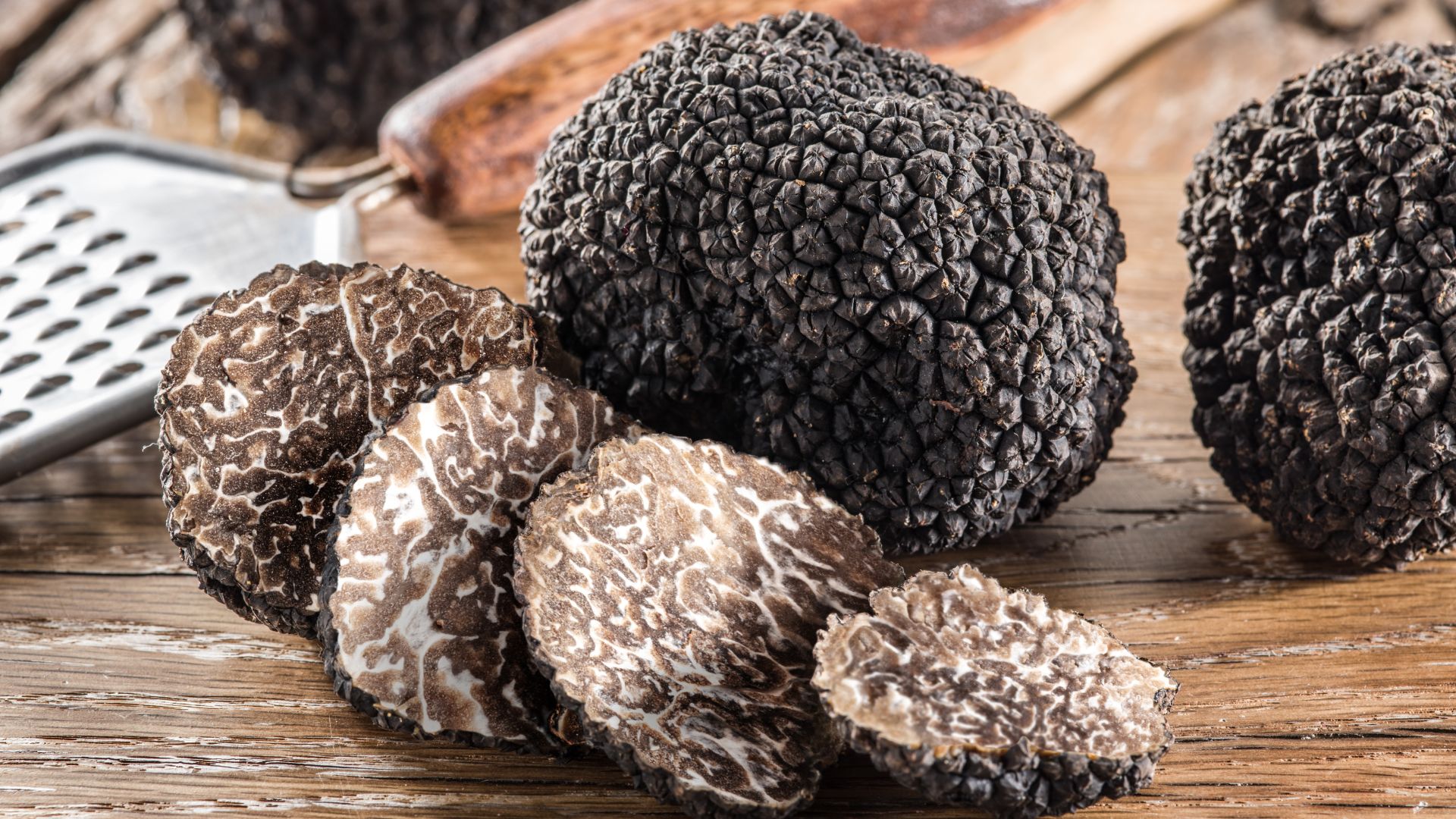
Norcia’s Place in Umbria’s Truffle Tradition
Norcia stands as the crown jewel in Umbria’s truffle heritage. While many visitors to Italy might first think of Piedmont for truffles, locals know that Umbria produces nearly 45% of Italy’s black truffles.
The truffle tradition here dates back centuries. Walking through Norcia’s charming streets, I noticed how many family businesses proudly display “Tartufi” signs, highlighting their special relationship with this culinary treasure.
What makes Norcia unique is the integration of truffle culture into daily life. Unlike more commercialized truffle destinations, here you’ll find genuine experiences where families have hunted these delicacies for generations.
The nearby hills provide perfect conditions for truffle growth, with limestone-rich soil and the right mix of oak, hazelnut, and poplar trees that form symbiotic relationships with truffles.

Truffle Season and Hunting Techniques
Truffle hunting in Norcia follows the rhythm of seasons. The prized black winter truffles are harvested from November through March, when the valley takes on a misty, magical quality.
My favorite experience was joining a local tartufaio (truffle hunter) and his trained dog at dawn. The dog, a mixed breed with an extraordinary sense of smell, worked methodically through the forest floor. The hunter explained that pigs were traditionally used, but dogs are preferred today as they’re less likely to eat the valuable finds!
Traditional Truffle Hunting Equipment:
- Small spade or trowel
- Wicker basket (allows spores to fall and spread)
- Specialized knife
- Brush for cleaning
The technique requires patience and deep knowledge. The hunter watches the dog’s body language carefully, only digging when the animal signals a find. The extraction must be done with extreme care to avoid damaging the truffle’s network below.
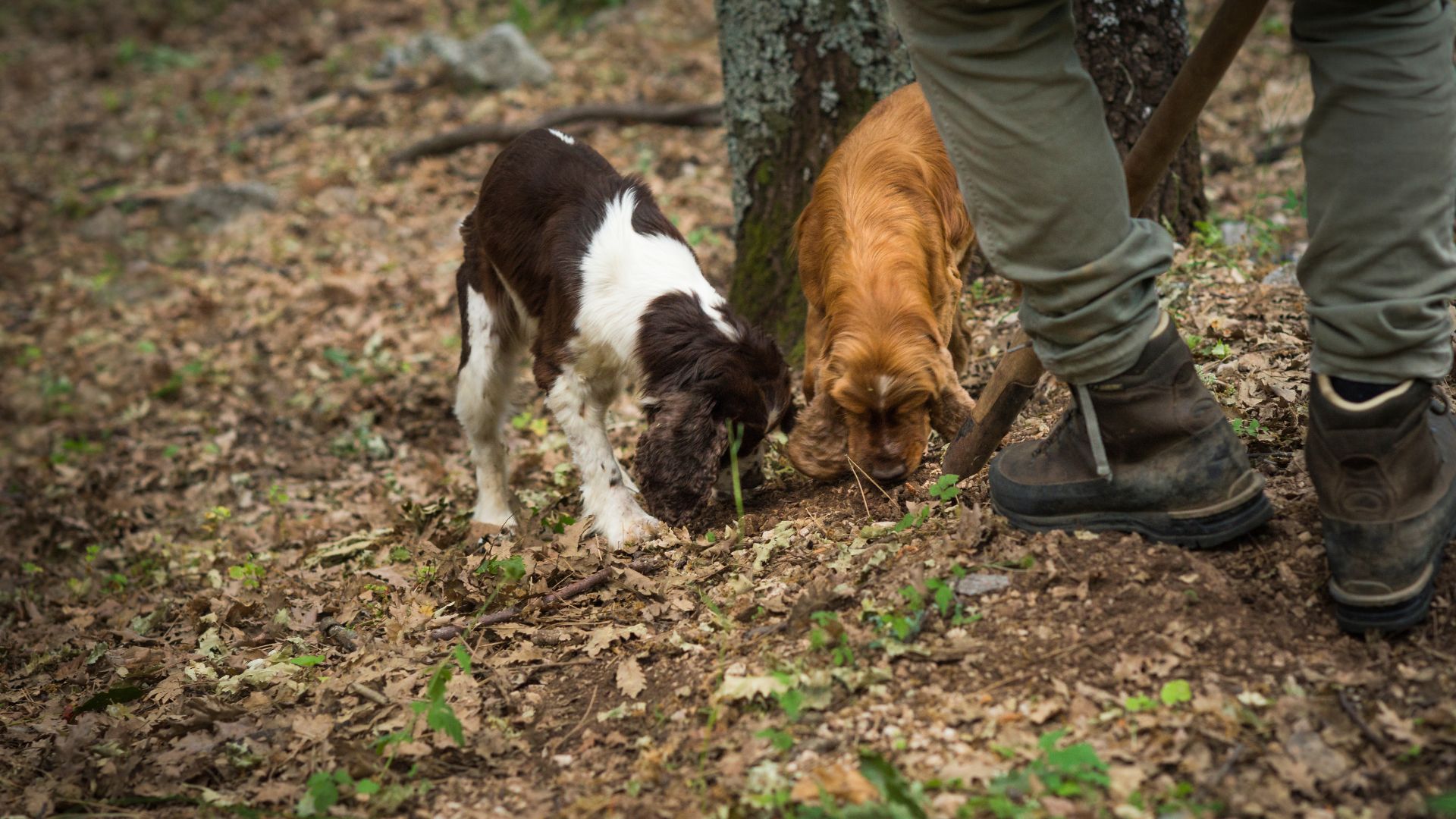
Sustainability and the Future of Truffle Hunting
Conservation efforts have become crucial as climate change and increased demand threaten wild truffle populations. I spoke with several local hunters who expressed concern about how warming temperatures affect truffle development.
Norcia’s community has responded by creating more sustainable harvesting practices. Many families now cultivate truffles in managed woodlands, inoculating tree roots with truffle spores to create truffle orchards that take pressure off wild populations.
Education plays a vital role too. Local associations offer training to new hunters about responsible harvesting techniques that preserve mycelium networks for future growth.
The balance between tradition and innovation defines modern truffle hunting in Norcia. While respecting ancient knowledge passed through generations, the community embraces scientific advances to ensure this culinary treasure remains abundant.
I’ve noticed a growing interest in truffle tourism that provides economic incentives for conservation. Visitors can now participate in eco-friendly truffle hunts that promote awareness while supporting local families who protect these precious fungi.
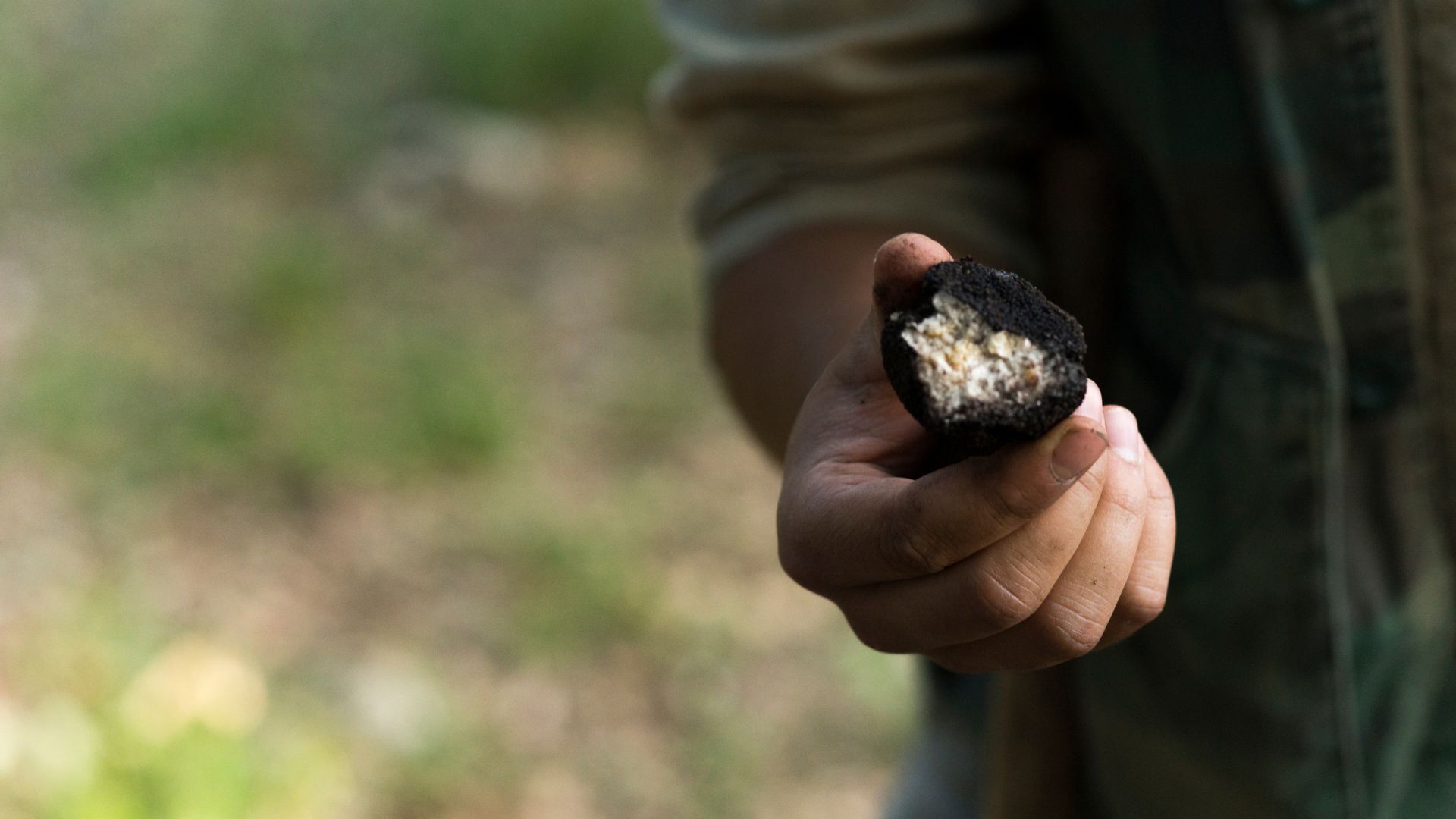
Norcia’s Pork Traditions: Crafting Delights from Porchetta to Salumi
Norcia stands as Italy’s undisputed capital of pork, where centuries-old traditions transform simple ingredients into culinary masterpieces. Walking through this Umbrian town, I’m always struck by how deeply pork production is woven into the cultural fabric of daily life.
Porchetta: Revisiting A Celebrated Norcian Specialty
Porchetta represents the pinnacle of Norcia’s pork mastery. This rolled pork roast features a crispy skin exterior that crackles with each bite, while the interior remains tender and juicy. During my visits, I’ve watched local chefs carefully prepare porchetta by deboning a whole pig, then layering the meat with a mixture of local herbs.
The secret lies in the aromatics. Rosemary plays a starring role, along with wild fennel, garlic, and black pepper. These herbs grow abundantly in the surrounding hills, lending a distinctly Umbrian character to the dish.
What makes Norcian porchetta special is the slow roasting process. Traditionally cooked in wood-fired ovens for hours, the fat renders perfectly while the meat absorbs all the herb flavors.
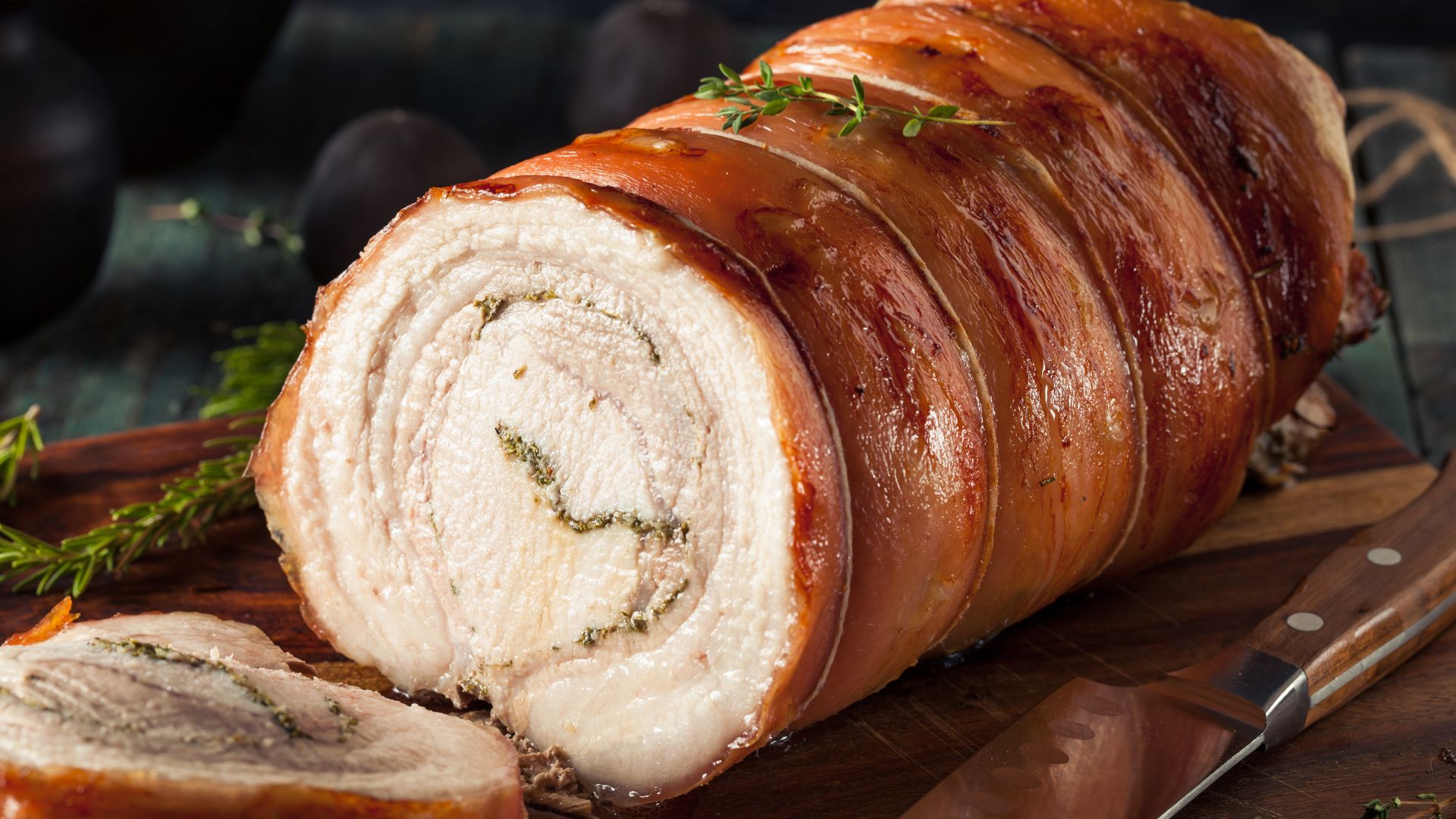
Salumi and the Art of Preservation
In Norcia, salumi-making isn’t just food production—it’s an art form passed through generations. Local butchers, known as “norcini,” have such renowned skills that their name became synonymous with expert pork butchery throughout Italy.
The town produces an impressive variety of cured meats. My favorites include the delicate coppa, flavorful lonza, and the unique prosciutto tascabile (pocket prosciutto). Each has its curing process, with some taking months or even years to reach perfection.
Cold mountain air creates ideal natural conditions for aging these meats. Walking into a salumi aging room, I’m always struck by the rich aromas and the careful attention paid to every hanging piece.
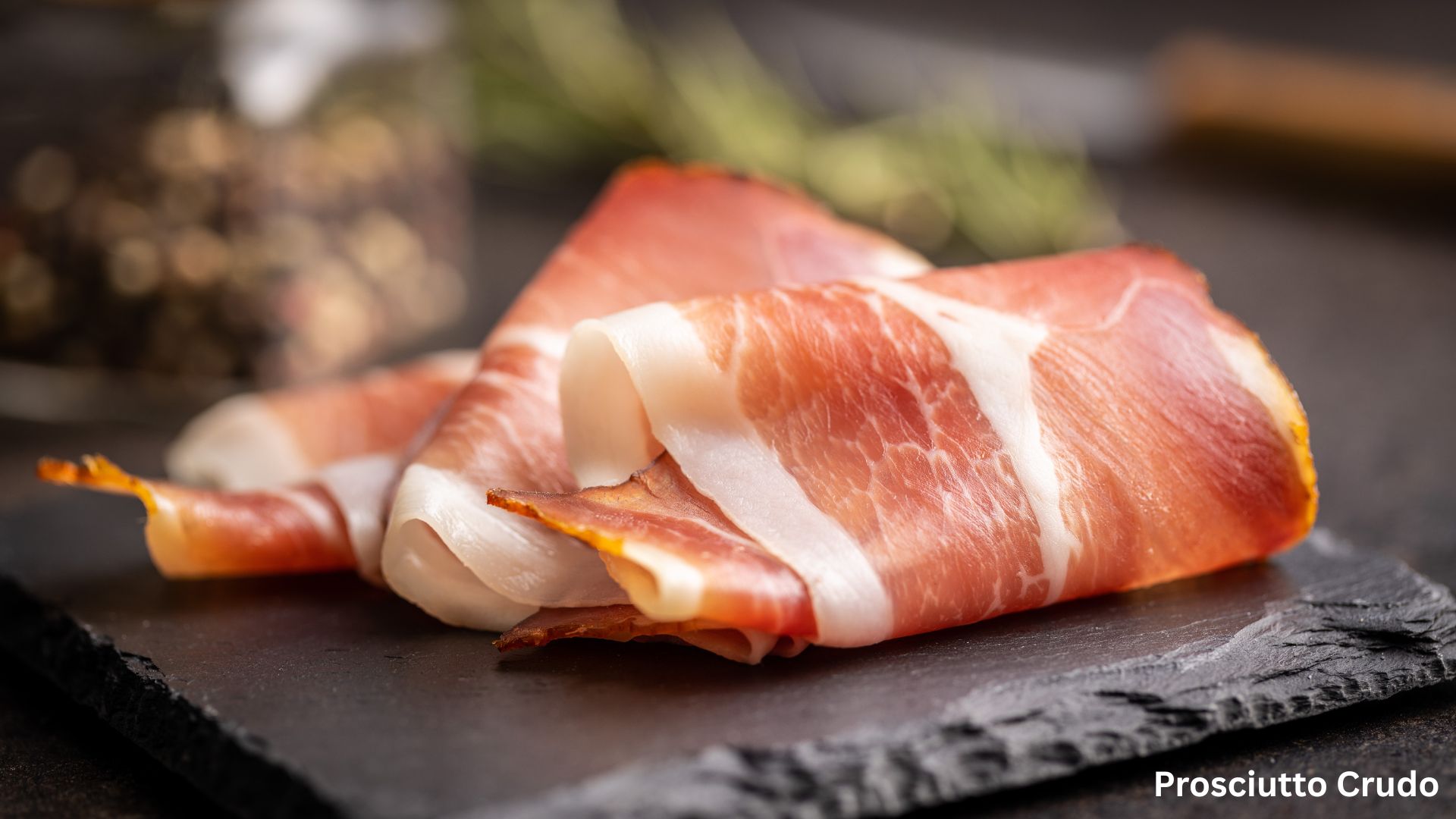
Local Ingredients and Seasoning in Pork Products
The quality of Norcian pork products begins with exceptional raw materials. Local pigs roam the surrounding forests, feeding on acorns and wild foods that give their meat distinctive flavor depth.
Seasoning blends vary by product but typically include black pepper, garlic, and juniper berries. I’ve noticed that many producers use minimal salt compared to other regions, allowing the natural pork flavor to shine through.
The mountain herbs play a crucial role in flavor development. Wild rosemary, sage, and thyme grow abundantly around Norcia and find their way into nearly every pork preparation.
Water quality matters too. The pure mountain springs provide clean water for processing, while the region’s lentils and other crops often accompany these pork dishes on the plate, creating truly farm-to-table experiences.
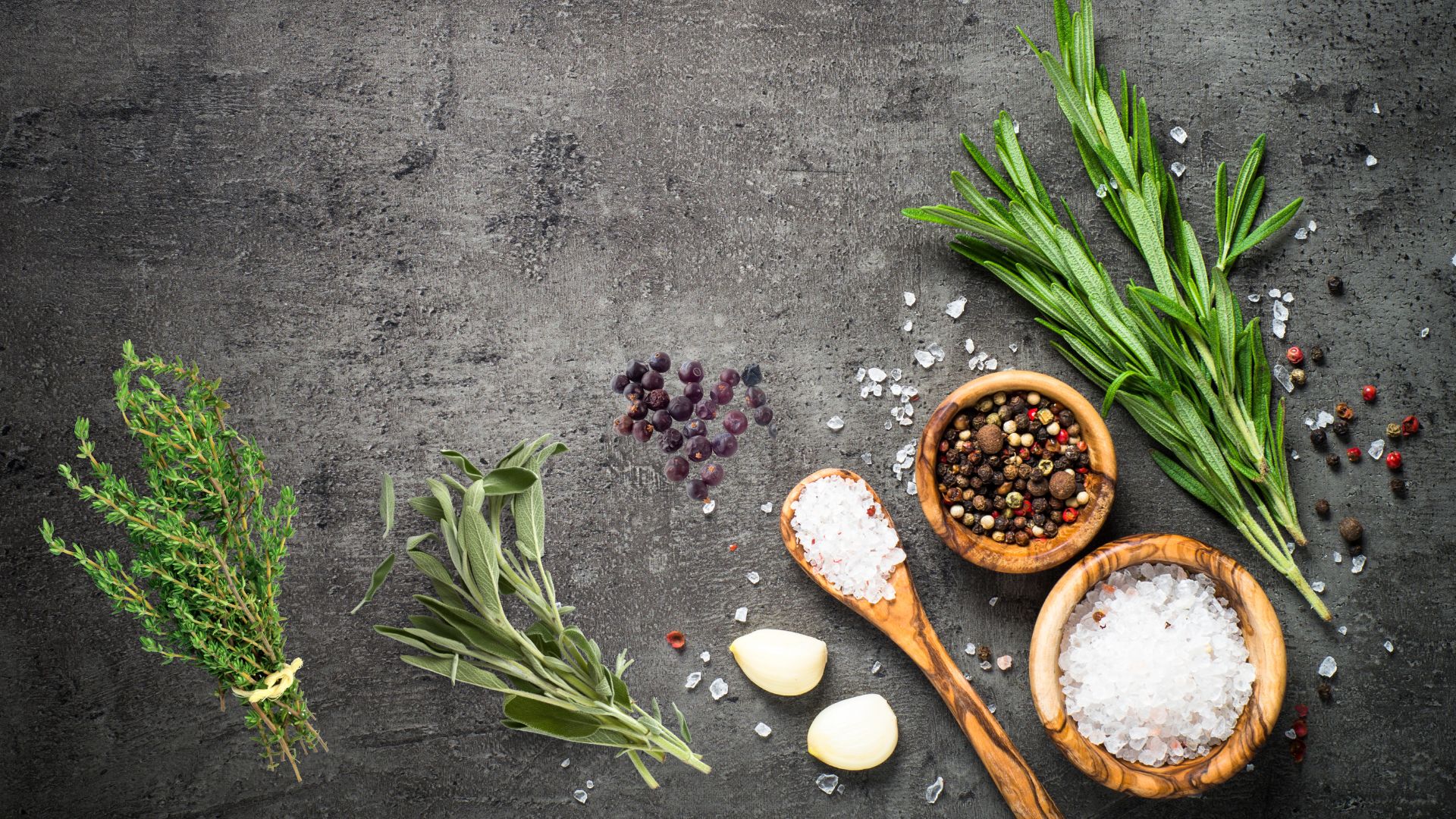
Feasting in Norcia: Local Cuisines and Culinary Events
Norcia’s food scene captivates visitors with its blend of rustic traditions and seasonal celebrations. The town transforms throughout the year with festivals and markets that showcase its prized ingredients.
Sagra: Norcia’s Food Festivals
The highlight of Norcia’s culinary calendar is Nero Norcia, one of Italy’s most prestigious black truffle events. This market festival, officially called “Mostra Mercato del Tartufo Nero Pregiato di Norcia e dei Prodotti Tipici,” brings together truffle hunters, chefs, and food lovers from across Italy.
I’ve timed my visits to coincide with this winter celebration, usually held around February. The streets fill with vendors offering truffle-infused specialties while demonstrations showcase how to best use this earthy delicacy.
Beyond truffles, Norcia hosts seasonal sagre (food festivals) throughout the year. Each celebrates a specific local ingredient – from summer’s fresh produce to autumn’s mushroom harvests. These festivals provide the perfect opportunity to mingle with locals and taste authentic dishes in their traditional setting.
Typical Dishes: Lentils, Strozzapreti, and More
Umbrian cuisine shines in Norcia’s kitchens through hearty, flavorful dishes that tell the story of this mountain region. The tiny lentils from nearby Castelluccio di Norcia are world-famous for their delicate flavor and firm texture.
I’ve savored these lentils in traditional soup form, often enhanced with local herbs and a drizzle of Umbrian olive oil. They pair perfectly with the region’s rustic bread.
Strozzapreti pasta, whose name translates amusingly to “priest-choker,” appears on many menus. This hand-rolled pasta typically comes dressed with robust meat sauces featuring local pork or wild game.
No meal feels complete without sampling Norcia’s renowned cured meats. From prosciutto tascabile to capocollo and lonza, these specialties reflect generations of pork butchery expertise. The meats pair wonderfully with glasses of Sagrantino, Umbria’s bold red wine.

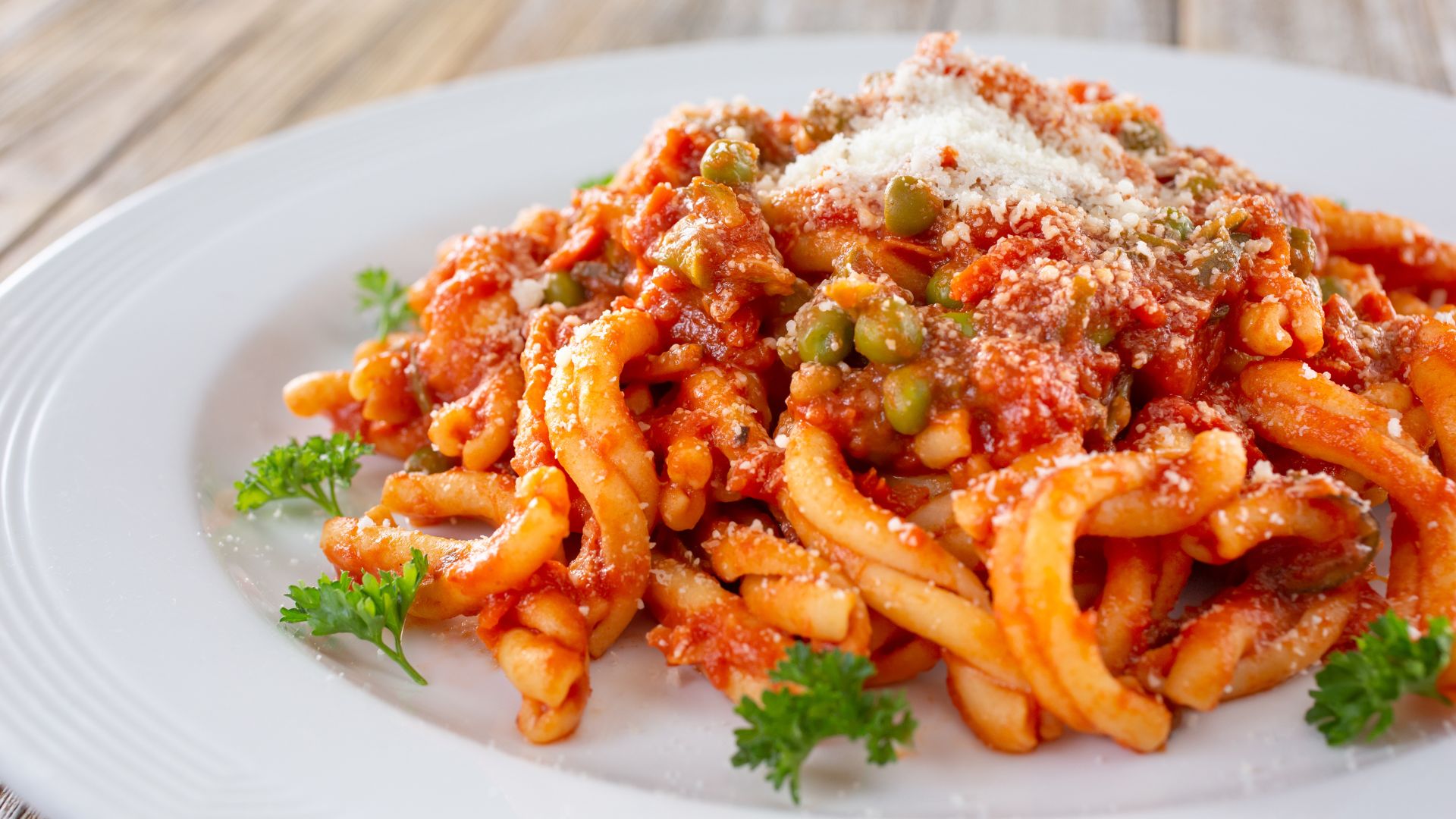
Norcia’s Piazza San Benedetto: A Gastronomic Hub
The beating heart of Norcia’s food scene centers around the charming Piazza San Benedetto. This historic square hosts markets where I’ve spent mornings browsing stalls filled with local cheeses, cured meats, and seasonal produce.
The piazza is ringed with norcinerie – traditional butcher shops specializing in pork products. These establishments, run by skilled norcini (pork butchers), display hanging salumi and offer samples of their specialties.
I’ve enjoyed many meals at the trattorias facing the square, where tables spill onto the cobblestones during warm months. These family-run restaurants serve the most authentic versions of local specialties, often using recipes passed down through generations.
The atmosphere becomes especially lively during food festivals when the piazza transforms into an open-air dining room celebrating Norcia’s culinary heritage.
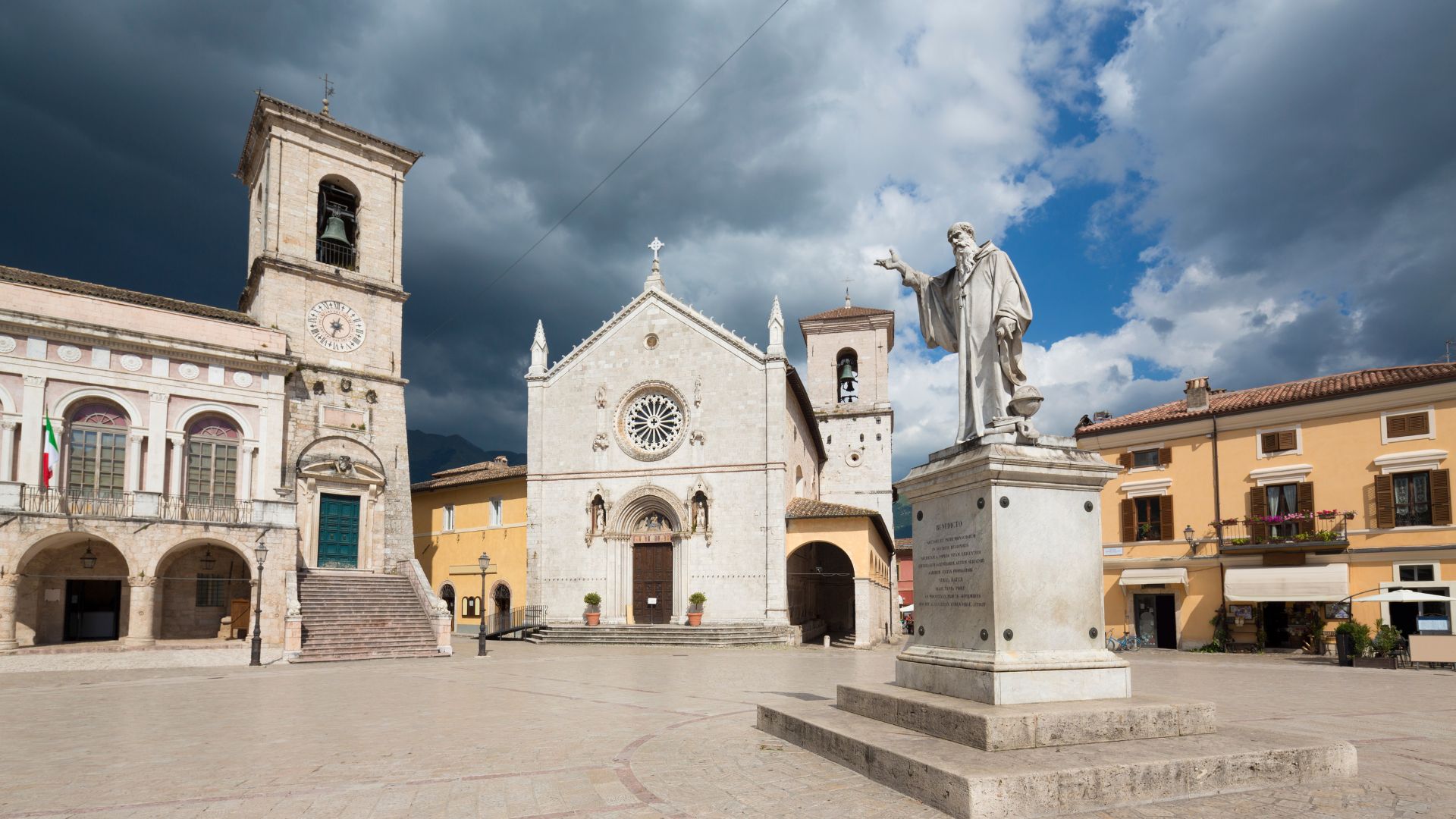
The Artisanship of Norcian Cheeses and Other Delicacies
Beyond the famous pork and truffles, Norcia offers an incredible array of artisanal cheeses and sweet treats that showcase the region’s dedication to culinary excellence.
Pecorino and Beyond: The Variety of Norcian Cheeses
When I visited Norcia, I was amazed by the variety of local cheeses. The star is undoubtedly Pecorino, a sheep’s milk cheese that ranges from soft and mild to aged and sharp depending on how long it’s matured.
I found that many local producers still make Pecorino by hand using traditional methods passed down through generations. The flavor is distinctly nutty with grassy notes that reflect the mountain pastures where the sheep graze.
What makes Norcian Pecorino special is how artisans often enhance it with local ingredients. Some varieties are rubbed with olive oil and black pepper, while others are aged in walnut leaves, imparting subtle earthy flavors.
Beyond Pecorino, you’ll find fresh ricotta that’s incredibly creamy and delightful when drizzled with local honey.
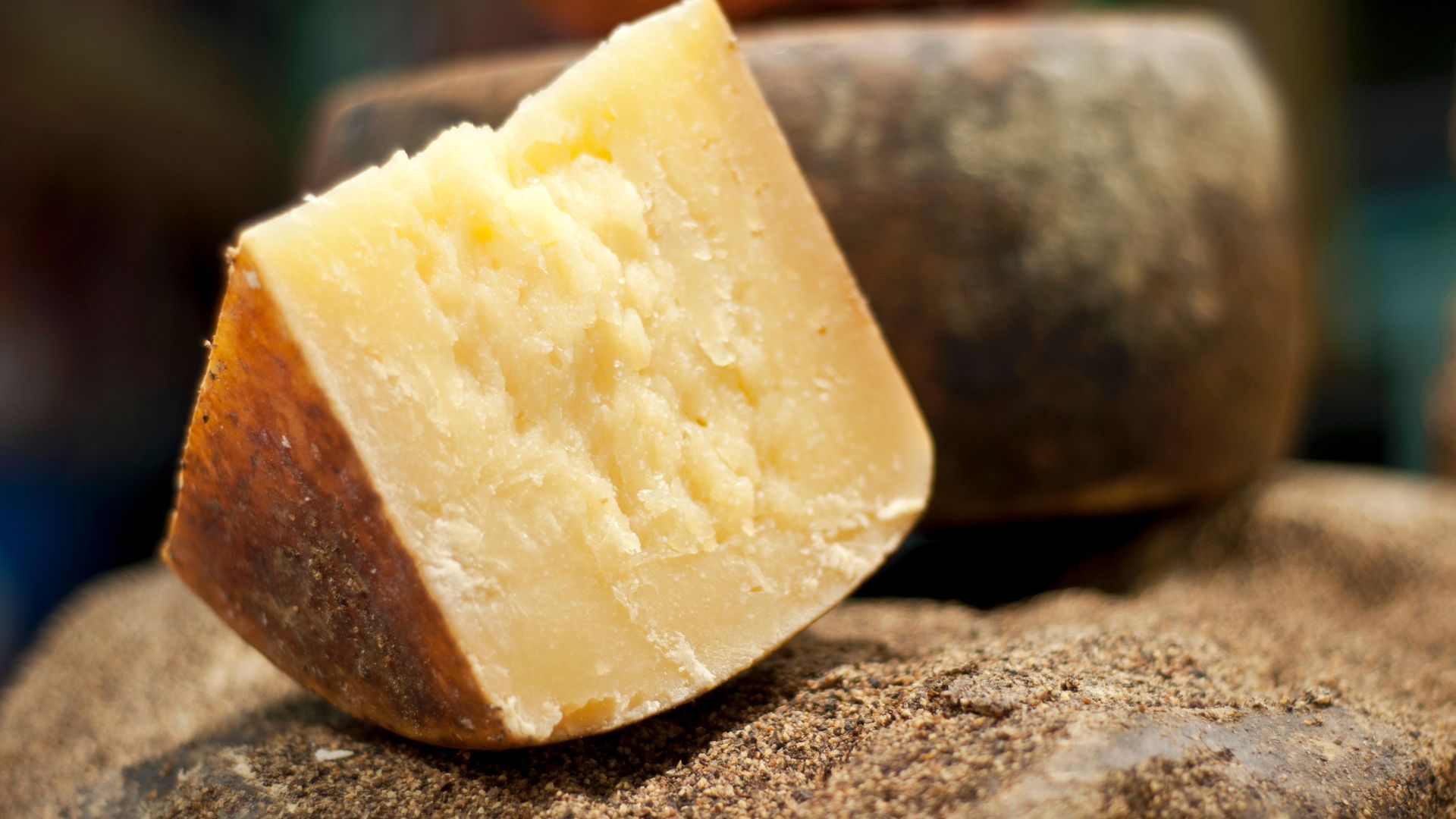
Dolci: A Journey Through Norcia’s Sweet Confections
Norcia’s sweet side surprised me with its depth and variety. The town’s pastry shops showcase dolci (sweets) that highlight local ingredients and ancient recipes.
One standout treat is the chocolate-covered Baci, meaning “kisses” in Italian. Unlike their more famous Perugian cousins, Norcian Baci often incorporate local walnuts for a distinctive crunch and flavor profile.
Walnut cookies spiced with cloves are another local specialty I couldn’t get enough of. The combination of toasted nuts and warm spices creates a perfect accompaniment to the strong local coffee.
During winter festivals, I discovered chocolate confections infused with truffle honey – an unexpected but delicious marriage of Norcia’s most precious ingredients.
Many bakeries in Norcia still use wood-fired ovens, giving their pastries a unique depth of flavor that’s impossible to replicate with modern equipment.
Norcia’s Liquid Treasures: Wines and Olive Oil
Beyond its renowned truffles and pork specialties, Norcia’s gastronomic heritage extends to exceptional wines and olive oils that capture the essence of Umbria’s fertile landscape.
Sagrantino di Montefalco and Umbrian Wine
When I visited the Norcia region, I realized that Umbrian wines deserve more recognition. The crown jewel is Sagrantino di Montefalco, a bold red wine produced from native grapes grown in nearby hills.
This powerful wine features intense tannins and complex flavors of blackberry, plum, and spices. I found it pairs perfectly with Norcia’s hearty pork dishes and truffle specialties.
Other notable Umbrian wines include the crisp Grechetto whites and the versatile Montefalco Rosso blend. Don’t miss sampling Vin Santo, a sweet dessert wine traditionally served with local biscotti.
Many family-run wineries welcome visitors for tastings. You can experience these wines in their birthplace while enjoying stunning views of the rolling Umbrian countryside.
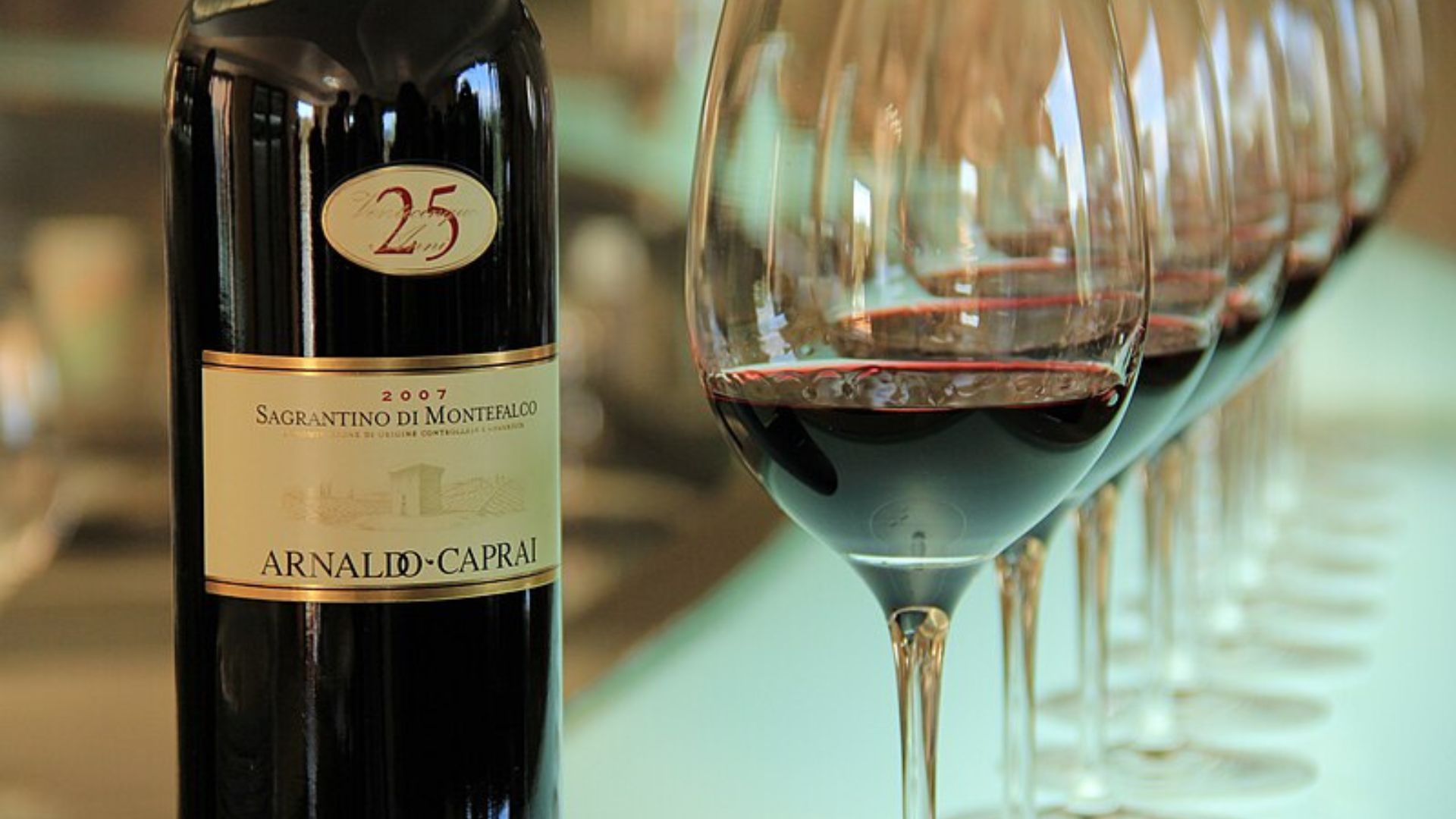
Umbria’s Golden Elixir: The Tradition of Olive Oil Production
Umbria produces some of Italy’s finest olive oils, often overshadowed by Tuscan varieties but equally exceptional. The region’s olive groves thrive in the mineral-rich soil and favorable climate of the hills surrounding Norcia.
During my travels, I joined a harvest experience where we collected olives by hand. We watched them transform into liquid gold at a local frantoio (olive mill). The resulting oil was vibrant green with a peppery finish that tickled my throat – a sign of high-quality, fresh oil.
Umbrian olive oil typically features:
- A brilliant green color
- Grassy, artichoke-like aromas
- A distinct peppery finish
- Low acidity levels
Many producers welcome visitors for tastings and tours, especially during the October-November harvest season. I recommend purchasing some to bring home. It’s the perfect culinary souvenir that captures Norcia’s essence.

